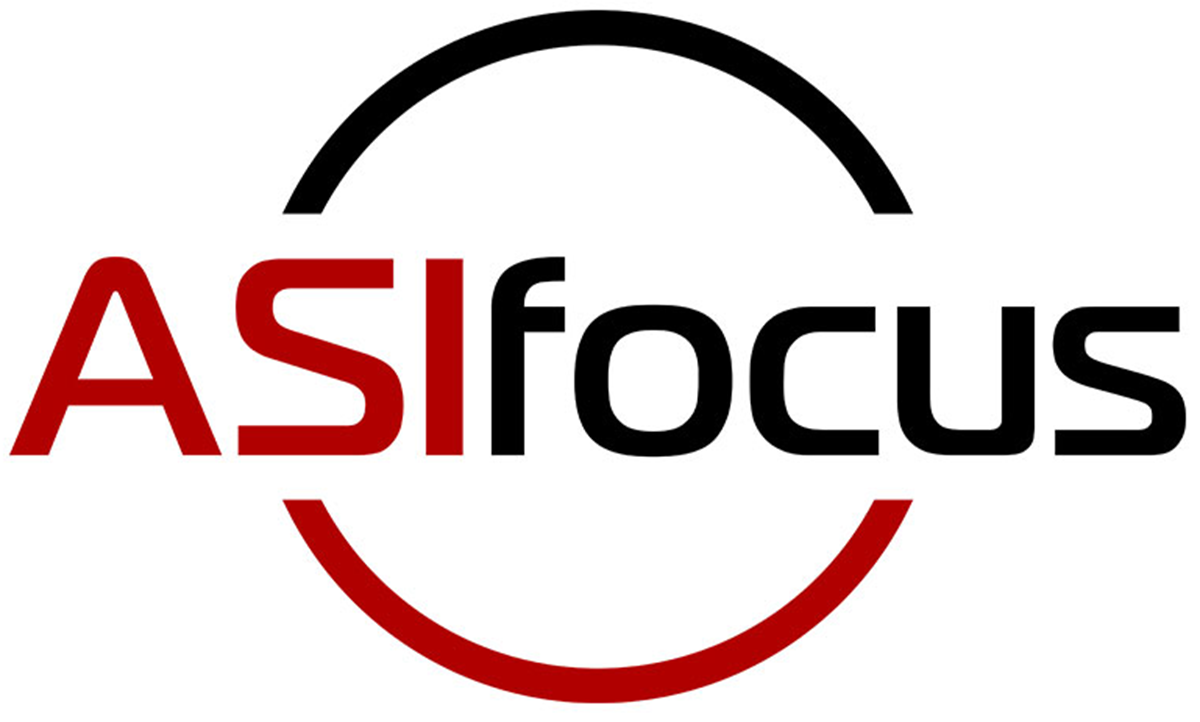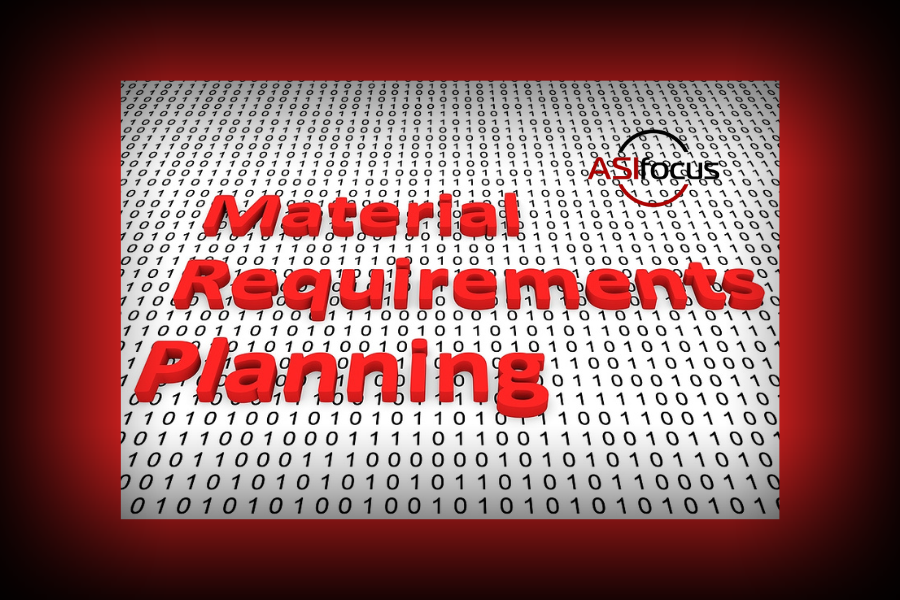In today’s fast-moving, tech-driven world, businesses—big or small—can’t afford to operate on guesswork. Whether you’re manufacturing goods, managing a warehouse, or handling customer orders, you need systems in place that help you plan, track, and adapt. That’s where tools like Material Requirements Planning (MRP) and Enterprise Resource Planning (ERP) come into play.
What is MRP, Anyway?
MRP stands for Material Requirements Planning, and it’s mainly used in manufacturing. Think of it as your behind-the-scenes planner, making sure you have the right materials at the right time to meet demand.
How does it work?
An MRP system looks at the materials you have on hand, what’s on order, and what you’ll need based on current sales and production demands. Then, it gives you smart recommendations—like when to place purchase orders, when to move items between warehouses, and when to kick off new production runs.
Basically, it’s like having a super-organized operations assistant who never forgets anything and always plans ahead.
Core Functions of MRP
Most MRP systems offer a few core capabilities that make life easier:
- Inventory Management: It keeps track of your stock levels across warehouses, making sure you’re not understocked or overstocked. It also helps manage safety stock and suggests transfers between locations when needed.
- Production Scheduling: This is where things get really efficient. The MRP system aligns everything—purchases, transfers, and production—with your scheduled manufacturing dates, especially if you’re using just-in-time strategies.
- Purchase Order Planning: Instead of manually tracking what to buy and when, MRP automates it. It analyzes your needs and suggests purchase orders to keep things flowing smoothly.
- Sales Order Management: Sales orders are hard demand—customers are waiting. Whether you’re pulling from existing inventory or making products to order, MRP ensures you’re scheduling materials and production correctly to meet delivery timelines.
Key MRP Features to Know About
To get the most out of an MRP system, here are three features that make a big difference:
- Planning Buckets: These are time segments (like weekly or monthly) in which MRP looks at your supply and demand. It then recommends actions for each time period to help you stay on track.
- Exception Messages: Life isn’t perfect—orders change, delays happen. MRP systems send alerts when things need attention, like when an order needs to be expedited or canceled due to a shift in demand.
- Demand Forecasting: Based on historical data or customer input (especially common in industries like automotive), MRP can forecast future demand and help you plan material purchases ahead of time.
It’s important to note that while MRP systems are used across all manufacturing industries, their setup can vary. For example, food and chemical manufacturers often work with formulas and batch processes, which require specific MRP capabilities.
So, What’s ERP?
While MRP is focused on manufacturing materials, Enterprise Resource Planning (ERP) is the big-picture system. ERP pulls together all the different functions of your business—finance, HR, sales, operations, customer service—and gets them all talking to each other.
Think of ERP as the brain of your business, while MRP is one of its critical hands. With ERP, all your departments are connected through a single, centralized system. This means smoother communication, better data sharing, and faster, more informed decisions.
Core ERP Modules
Modern ERP systems are modular, which means you can pick and choose the functions you need. Some of the core modules include:
- Financial Management: Helps you manage budgets, expenses, assets, and accounting tasks—all in one place.
- Inventory Management: Makes it easy to track stock levels, manage warehouses, and automate restocking.
- Customer Relationship Management (CRM): Helps you manage customer data and interactions so your sales and support teams can deliver top-notch service.
- Supply Chain Management: Handles everything from sourcing raw materials to delivering finished products. This includes MRP, warehouse management, logistics, and more.
The Impact of ERP
Implementing an ERP system can be a huge win for your business. According to research by the U.S. Chamber of Commerce and Panorama Consulting, companies that use ERP systems report benefits like:
- Better inventory control
- Improved compliance and reporting
- Smoother supplier and customer interactions
- Increased productivity
- More standardized processes
- Real-time data for faster decisions
- Lower IT maintenance costs
- Reduced operating and labor expenses
In short, ERP doesn’t just organize your business—it transforms it.
MRP and ERP: The Perfect Combo for Manufacturers
For manufacturers, combining MRP with ERP is like getting the best of both worlds. When MRP is integrated as a module within a broader ERP platform, you’re not just optimizing your material planning—you’re enhancing your entire operation.
Here’s what that looks like in practice:
- Data Flows Seamlessly between departments, cutting out manual data entry and reducing errors.
- Forecasting Gets Smarter because sales, finance, and supply chain data are all in one place.
- Planning Becomes Agile, as you can respond quickly to changes in demand or supply chain hiccups.
- Production Control Improves, making it easier to manage capacity, scheduling, and resource use.
ASI and Acumatica Can Help
At the end of the day, MRP and ERP aren’t competing tools—they’re complementary. If you’re in manufacturing, an MRP module helps you stay on top of raw materials, production schedules, and inventory. Acumatica ERP takes that and connects it with the rest of your business, from finance to customer service.
So, whether you’re just getting started with digital tools or looking to upgrade your current systems, understanding how MRP and ERP work together can help you make smarter decisions—and set your business up for long-term success.
Are you ready to learn more about how Acumatica can transform your manufacturing company? Contact us or schedule your free consultation today to get started.

